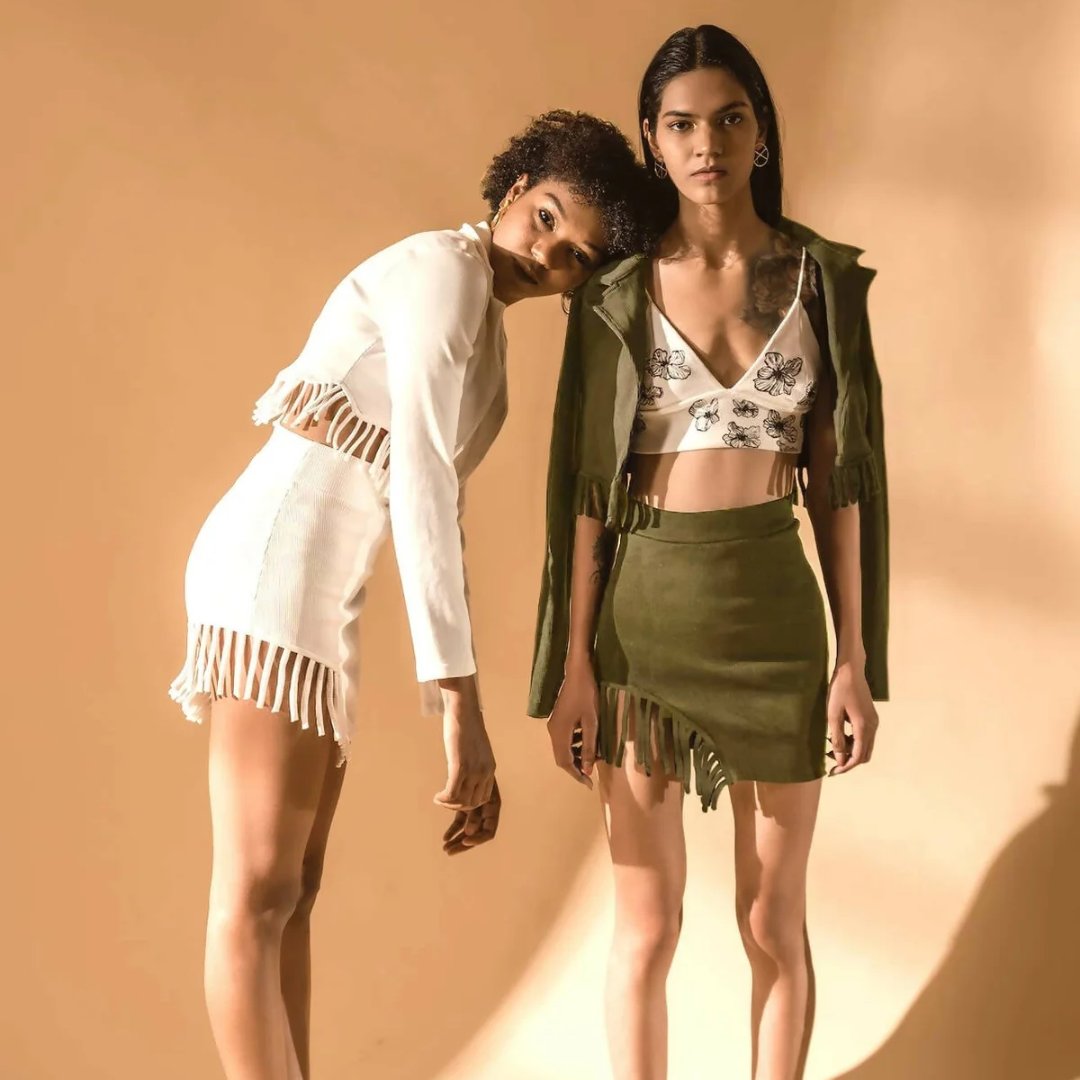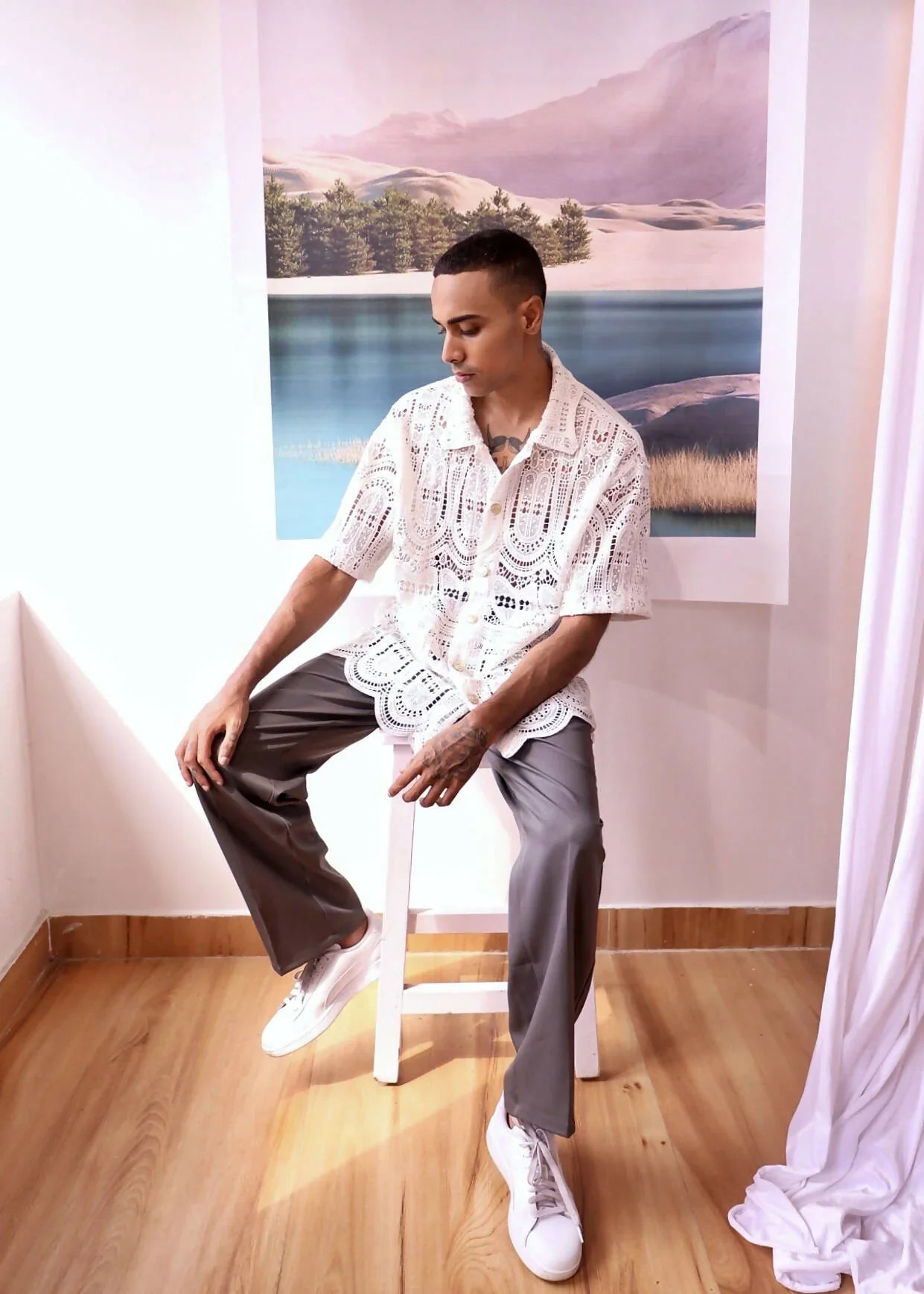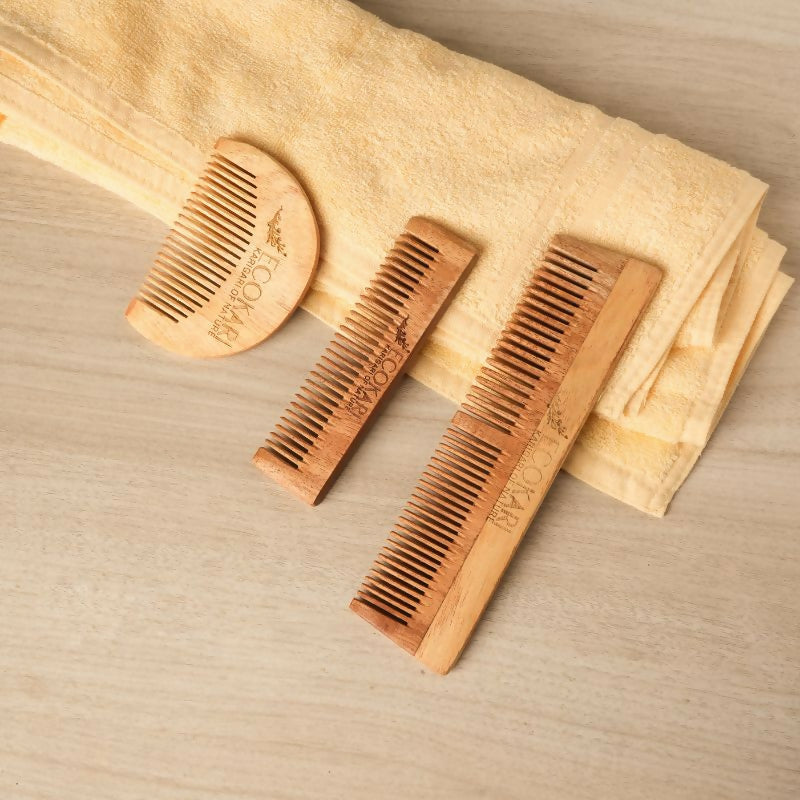ethical fashion ·
fashion designer ·
repurpose ·
sewing ·
sewist ·
slow fashion ·
sustainable fashion ·
sustainable fashion blogger ·
upcycle ·
zero waste ·
Interview with Damar Rivillo
REFASH: When did you start upcycling? What prompted the idea?

Damar Rivillo: When I was living in Venezuela, I used to transform my mom's clothes so they would fit me. This included shortening the length of her pants and so on. Then when I moved to Germany in 2014, I started upcycling in a disciplined manner. I had never seen so many clothes simply dumped as garbage or left on the street. Besides there are so many second-hand stores here. One such occasion, I found a super large shirt (video featured below) with a really nice fabric and decided to transform that - which happened to be my first hands-on upcycling project.
R: Take us through your design process.
DR: Each project has literally a unique approach. If I have to generalise the similarities, then the working process would look like this; I first collect the clothes, textile scraps etc. and organise them by colour, type of fabric. Then I look into my patterns trying to figure out which of them could work best with the material that I have and for what I want to do. Once I have a basic idea, I start planning, drafting and finally cutting. If I want to prepare a visual representation of a specific project, such as special contextual videos, (like the one with the over-sized shirt) then obviously it takes longer to finish the project. The stop motion videos particularly demand much more time. For instance, recently I upcycled a white shirt where I spent some weeks thinking about how to transform it to achieve just the stop motion I wanted. On the other hand, sewing the cloth and recording the video was just one day of work. So depending on what I want to achieve, sometimes planning phase demands much more time then executing the work.
R: Has a project outcome ever surprised you?
DR: Luckily the outcome always surprises me! I have learnt that in an upcycling anything can happen once you start working on a project and I love this factor of surprise.
R: Tell us about your favourite up-cycling project?
DR: It is rather difficult to choose one, since I like all my projects in different ways. But, if I have to decide, then it would be this jacket (featured below) I made with scraps of textile and some leftover pieces I found in a swap-party some 3 years ago.

R: Which one was the biggest fail?
DR: Once I drafted the sleeves of a jacket in such a way that, later when I put the jacket on, it was almost impossible to raise my arms. But I would not really call it a fail, since that is the way that I learned how to draft the jacket sleeves.
R: Who / what inspires you?
DR: At an aesthetic level, everything can serve as source of inspiration to me; the streets, people, colours and lights, architecture and structures, nature, photography, art, so basically anything and everything... At a more professional level, I have lots of idols such as Safia Minney, Stella Mccartney, Vivienne Westwood, Tomoko Nakamichi and of course my grandmother.
R: What's your take on slow fashion and sustainability?
DR: I put the slow fashion and sustainability at the centre of my work and life, but I don't agree with cataloging one as bad and another as good. As I believe, the main problem is pushing it to extremes such as expecting a shirt to cost 2 euros. This feeds solely the consumption, where it doesn't matter if it is made from sustainable materials or not. On the other hand, it is another extreme, to try to eliminate fast fashion completely from your life: such as throwing away all fast fashion items you find in your wardrobe.
I believe the answer lies in finding our balance, in actions we take every day, in the way we think and consume. The change will come in small bits and the driving power for this change lies in our very hands and minds.
R: What's your top tip for first timers?
DR: Just start! Take a look to your closet, become aware of the amount of clothes you have but do not like or want anymore. Do not be afraid of experimenting and know it is the only way to learn! Simply start by making simple transformations and build your skills step by step from there. And if you don't now how to sew and want to learn, then there is no better chance to give it a try! Search and find your way which serves you best at learning it. It is one of the most useful, meditative and satisfying ability you can probably develop; creating something with your hands and mind.
--
Browse through more of Damar's projects on her website.
Find her on Instagram.
-
Images & video courtesy Damar Rivillo.






Leave a comment